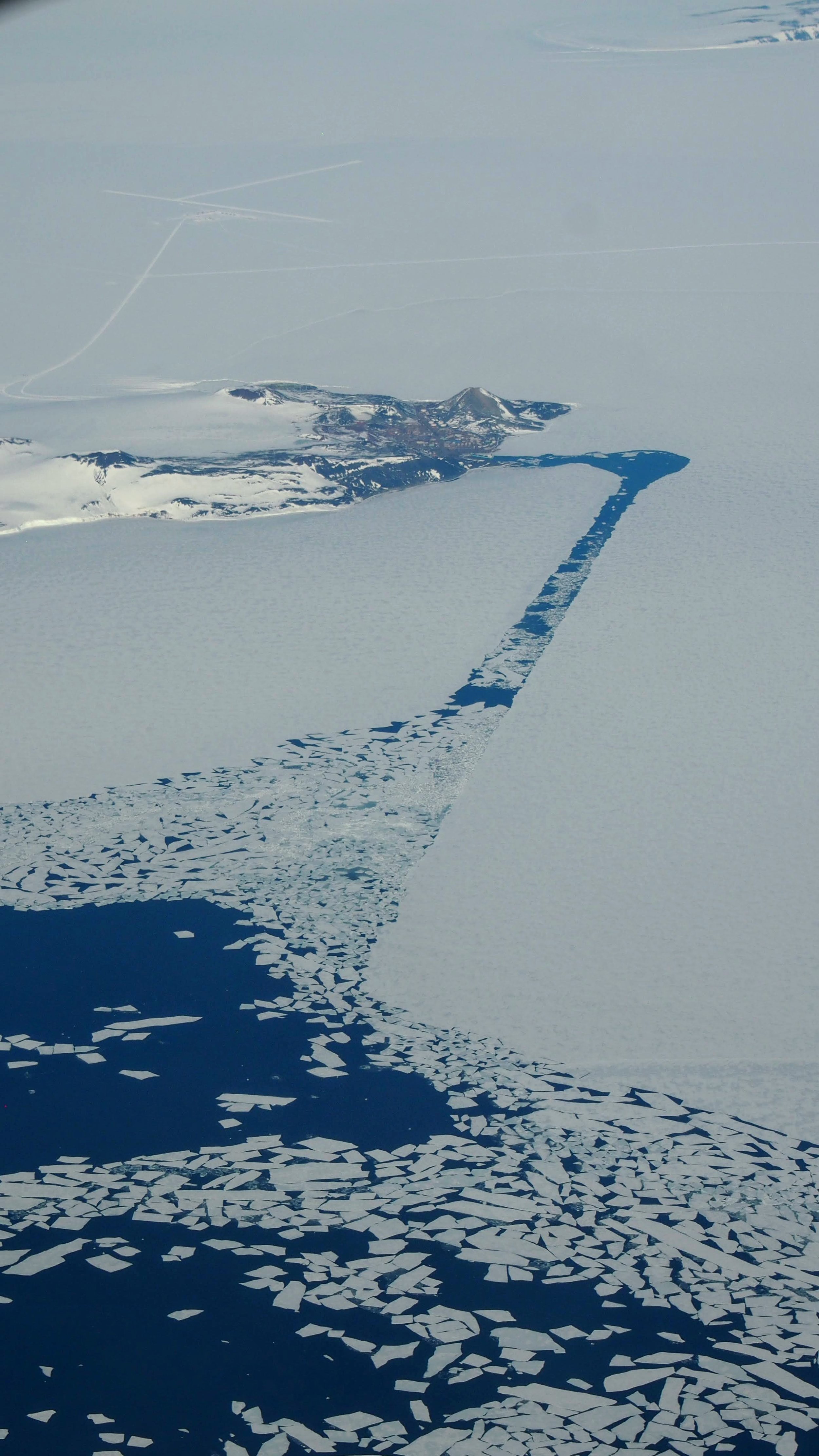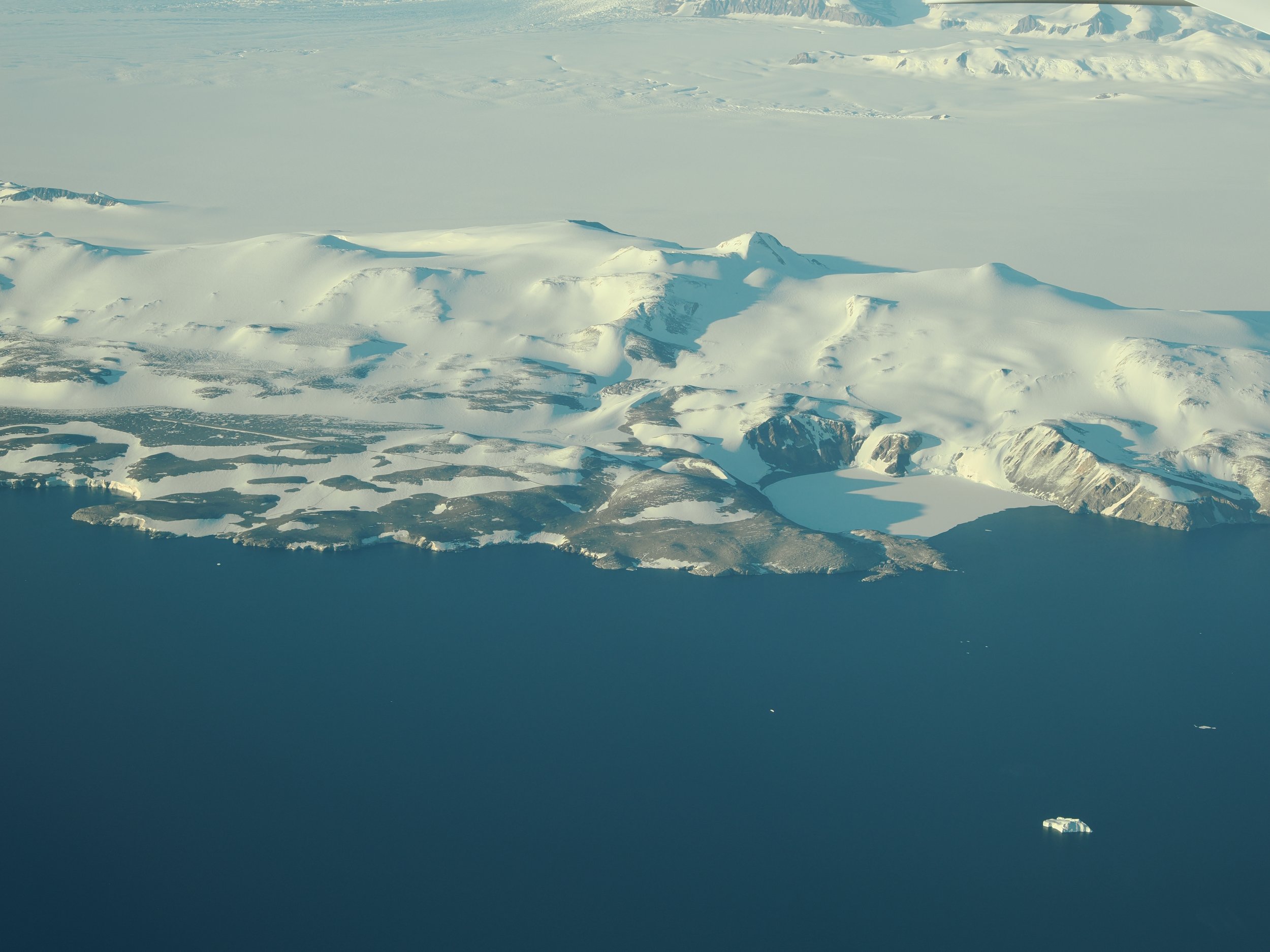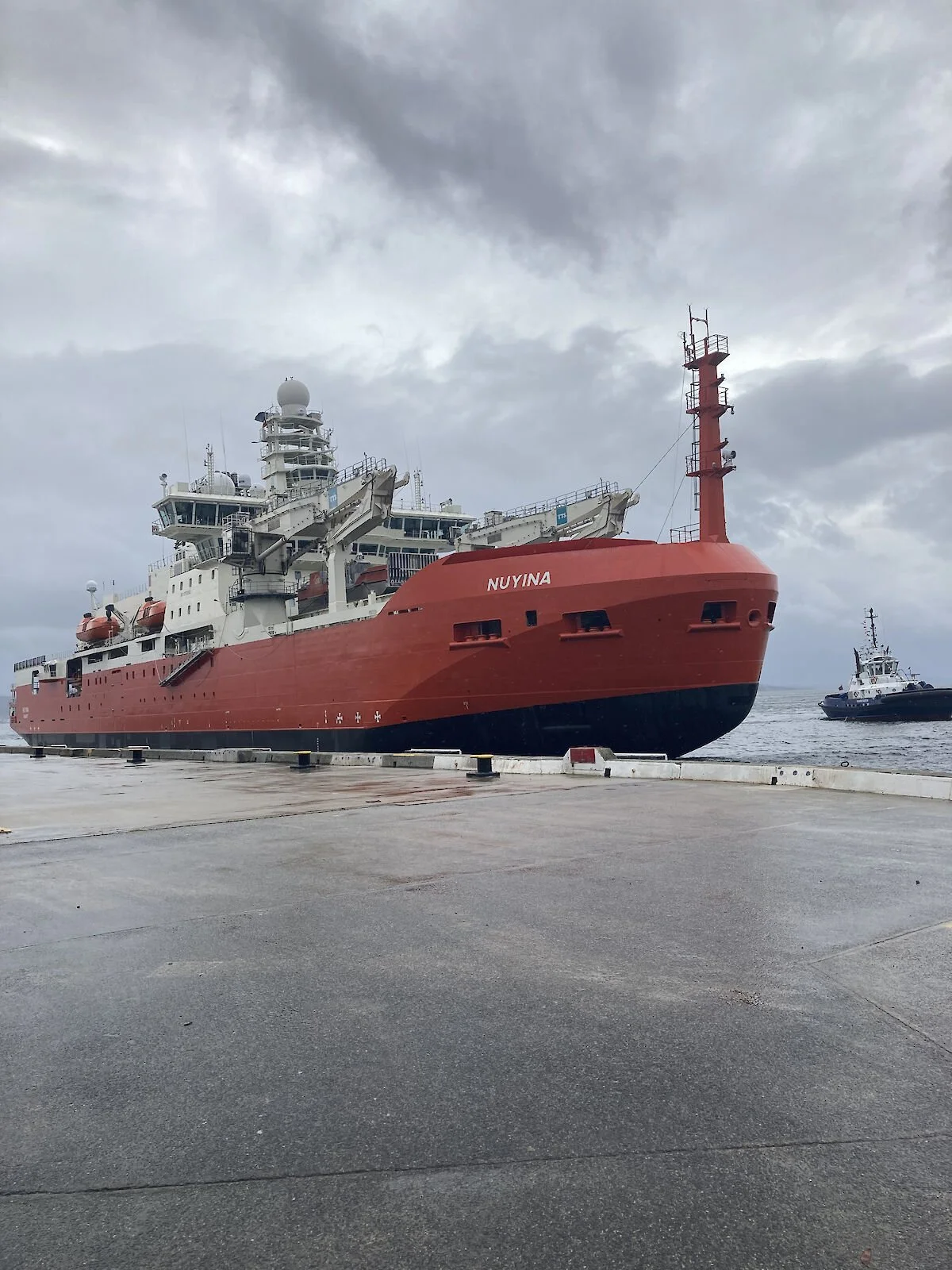As the planet warms, it risks crossing catastrophic tipping points: thresholds where Earth systems, such as ice sheets and rain forests, change irreversibly over human lifetimes.. Read more at The Conversation
Read MoreRight now, cold air high above Antarctica is up to 35ºC warmer than normal. Normally, strong winds and the lack of sun would keep the temperature at around –55°C. But it’s risen sharply to around –20°C. Read more at The Conversation
Read MoreAn iceberg previously twice the size of Greater London, named A23a, is rapidly melting and has halved in size this year. Read more at ABC News
Read MoreAntarctica has long been seen as a remote, unchanging environment. Not any more.
The ice-covered continent and the surrounding Southern Ocean are undergoing abrupt and alarming changes. Sea ice is shrinking rapidly, the floating glaciers known as ice shelves are melting faster, the ice sheets carpeting the continent are approaching tipping points and vital ocean currents show signs of slowing down. Read more at The Conversation
Read MoreGlaciers on the remote Australian territory of Heard Island have lost almost a quarter of their size in the past seven decades amid rising temperatures in the sub-Antarctic region, new research shows. Read more at ABC News
Read MoreIce loss in Antarctica and its impact on the planet – sea level rise, changes to ocean currents and disturbance of wildlife and food webs – has been in the news a lot lately. All of these threats were likely on the minds of the delegates to the annual Antarctic Treaty Consultative Meeting, which finishes up today in Milan, Italy. Read more at The Conversation
Read MoreAustralian scientists have started analysing the first batch of samples from the "Million Year Ice Core" project. The Antarctic ice was extracted from a depth of 150 metres, where tiny bubbles of trapped air date back almost 4,000 years. Read more at ABC News
Read MoreFrom the deck of an enormous research ship, surrounded by icebergs, Chelsea Bekemeier releases a tethered balloon into the air. Read more at ABC News
Read MoreAustralian scientists are warning of a "crisis" in Antarctic research due to the impact of an impending funding cliff. Much of Australia's Antarctic research is overseen by three university-led programs, all of which have funding that is due to expire on a set date over the coming years.. Read more at ABC News
Read MoreEmperor penguin populations in Antarctica have shrunk by almost a quarter as global warming melts their icy habitat, researchers say. The estimated population of 16 penguin colonies — visible in satellite photos taken between 2009 and 2024 – had declined by 22 per cent. Read more at ABC News
Read MoreOne of the biggest challenges in predicting Antarctica’s deeply uncertain future is understanding exactly what’s driving its ice loss. A vast network of lakes and streams lies beneath the thick ice sheet. This water can lubricate the ice, allowing it to slide more rapidly toward the ocean. Read more at The Conversation
Read MoreResearchers on Australia's Antarctic icebreaker say some of the sea creatures they have been collecting could be new to science. Read more at ABC NEWS.
Read MoreAntarctic sea ice has again fallen to a near-record low as a new study shows the system is undergoing a significant "structural change". Scientists have been using satellite images over the past 45 years to track the extent of sea ice on the fringe of the continent. Read more at ABC NEWS
Read MoreStudies of ancient DNA have tended to focus on frozen land in the northern hemisphere, where woolly mammoths and bison roamed. Meanwhile, Antarctica has received relatively little attention. We set out to change that. Read more at The Conversation
Read MoreFlowing clockwise around Antarctica, the Antarctic Circumpolar Current is the strongest ocean current on the planet. It’s five times stronger than the Gulf Stream and more than 100 times stronger than the Amazon River. Read more at The Conversation
Read MoreThe Denman Glacier spans an area 16 kilometres wide and 110km long in East Antarctica, around 5,000km to the south of Australia. Today, it's melting before our eyes — faster than scientists expected. Read more at ABC NEWS
Read MoreAustralia's icebreaker is about to embark on one of its most important missions since coming into service more than three years ago. Read more at ABC NEWS
Read MoreAustralia’s Antarctic territory represents the largest sliver of the ice continent. For decades, Australian scientists have headed to one of our three bases – Mawson, Davis and Casey – as well as the base on sub-Antarctic Macquarie Island, to research everything from ecology to climate science. Read more at The Conversation
Read Moreurious thing is happening underneath the Antarctic oceans: the food chain is changing. Last year, in McMurdo Sound, it changed in some unexpected ways. Read more at COSMOS
Read MoreThe size of the Antarctic ice sheet can be hard to comprehend. Two kilometres thick on average and covering nearly twice the area of Australia, the ice sheet holds enough freshwater to raise global sea levels by 58 metres. Read more at The Conversation
Read More



















